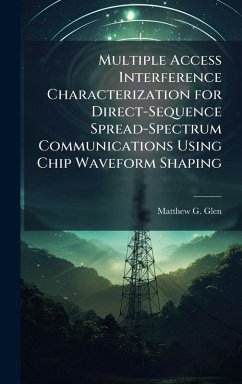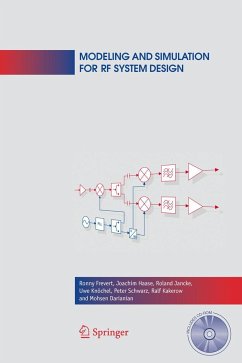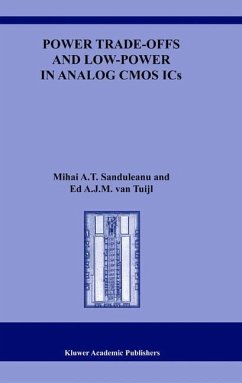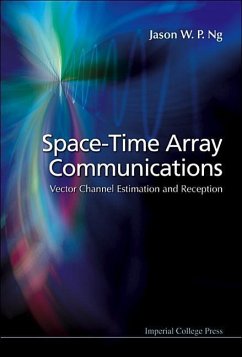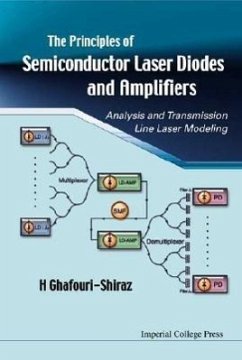
Trade Space Analysis of Antenna Array Architecture Using System Modeling Tools
Versandkostenfrei!
Versandfertig in über 4 Wochen
29,99 €
inkl. MwSt.
Weitere Ausgaben:

PAYBACK Punkte
15 °P sammeln!
This trade study has two objectives. The first provides a trade space analysis of differing array architectures and associated radio frequency components using system-modeling tools. The second objective develops system modeling tools aiding similar analysis by other users. These objectives were accomplished by evaluating a selected group of output parameters to include overall system cost, mass, and power consumption, as well as the minimum detectable input level, system spurious free dynamic range, and selected beam spoilage parameters caused by the use of discrete phase shifters. A fixed nu...
This trade study has two objectives. The first provides a trade space analysis of differing array architectures and associated radio frequency components using system-modeling tools. The second objective develops system modeling tools aiding similar analysis by other users. These objectives were accomplished by evaluating a selected group of output parameters to include overall system cost, mass, and power consumption, as well as the minimum detectable input level, system spurious free dynamic range, and selected beam spoilage parameters caused by the use of discrete phase shifters. A fixed number of designs were evaluated using simulation. The evaluation process examined input parameter and design impact on the output parameters and overall best design. The best overall design, by score, performed exceptionally well for minimum detectable input level and beam spoilage parameters, very well for cost and power performance, and poor for total mass and spurious free dynamic range. This work has been selected by scholars as being culturally important, and is part of the knowledge base of civilization as we know it. This work was reproduced from the original artifact, and remains as true to the original work as possible. Therefore, you will see the original copyright references, library stamps (as most of these works have been housed in our most important libraries around the world), and other notations in the work. This work is in the public domain in the United States of America, and possibly other nations. Within the United States, you may freely copy and distribute this work, as no entity (individual or corporate) has a copyright on the body of the work. As a reproduction of a historical artifact, this work may contain missing or blurred pages, poor pictures, errant marks, etc. Scholars believe, and we concur, that this work is important enough to be preserved, reproduced, and made generally available to the public. We appreciate your support of the preservation process, and thank you for being an important part of keeping this knowledge alive and relevant.



